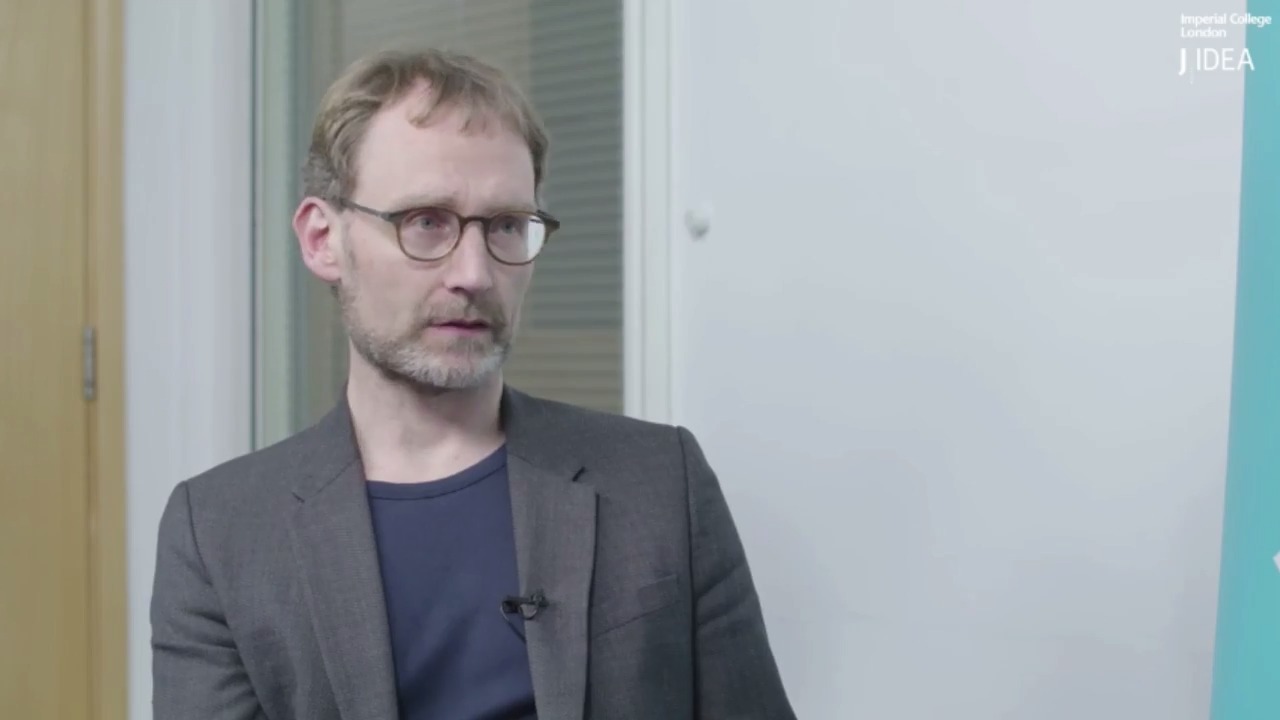It was a tale of two interviews on the Today programme this morning. First up on the show was Neil Ferguson, professor of mathematical biology at Imperial College London, who has been instrumental in forming the UK government’s response to the coronavirus crisis, and whose virus modelling led to the current lockdown being put in place.
On the show, the professor received an almost deferential line of questioning from Sarah Smith with his views seemingly taken as near-Gospel as he declared that a ‘significant level’ of social distancing could have to be maintained indefinitely until a vaccine becomes available.
Then came along the Health Secretary, Matt Hancock. As you would expect, he was treated to the traditional Today programme mauling, as his record and pronouncements on testing, the growing virus outbreak in care homes and PPE were scrutinised by Nick Robinson.
While Mr S thinks it’s only right that Hancock faces tough questions, Steerpike can’t help but wonder whether Ferguson should receive similar treatment. After all, his advice is heavily feeding into government policy and therefore ought to face a similar level of scrutiny. What’s more, Ferguson’s scientific work can’t exactly be described as bulletproof.
Given that it’s the trend these days for former spinners, hacks and politicians to suggest questions that the media isn’t currently asking of politicians, Mr S has decided to do his bit for public discourse by penning a few for Ferguson. Below are six questions Steerpike would like to see Neil Ferguson pressed on the next time he embarks on a media round:
Q1.
In 2005, Ferguson said that up to 200 million people could be killed from bird flu. He told the Guardian that ‘around 40 million people died in 1918 Spanish flu outbreak… There are six times more people on the planet now so you could scale it up to around 200 million people probably.’ In the end, only 282 people died worldwide from the disease between 2003 and 2009.
How did he get this forecast so wrong?
Q2.
In 2009, Ferguson and his Imperial team predicted that swine flu had a case fatality rate 0.3 per cent to 1.5 per cent. His most likely estimate was that the mortality rate was 0.4 per cent. A government estimate, based on Ferguson’s advice, said a ‘reasonable worst-case scenario’ was that the disease would lead to 65,000 UK deaths.
In the end swine flu killed 457 people in the UK and had a death rate of just 0.026 per cent in those infected.
Why did the Imperial team overestimate the fatality of the disease? Or to borrow Robinson’s words to Hancock this morning: ‘that prediction wasn’t just nonsense was it? It was dangerous nonsense.’
Q3.
In 2001 the Imperial team produced modelling on foot and mouth disease that suggested that animals in neighbouring farms should be culled, even if there was no evidence of infection. This influenced government policy and led to the total culling of more than six million cattle, sheep and pigs – with a cost to the UK economy estimated at £10 billion.
It has been claimed by experts such as Michael Thrusfield, professor of veterinary epidemiology at Edinburgh University, that Ferguson’s modelling on foot and mouth was ‘severely flawed’ and made a ‘serious error’ by ‘ignoring the species composition of farms,’ and the fact that the disease spread faster between different species.
Does Ferguson acknowledge that his modelling in 2001 was flawed and if so, has he taken steps to avoid future mistakes?
Q4.
In 2002, Ferguson predicted that between 50 and 50,000 people would likely die from exposure to BSE (mad cow disease) in beef. He also predicted that number could rise to 150,000 if there was a sheep epidemic as well. In the UK, there have only been 177 deaths from BSE.
Does Ferguson believe that his ‘worst-case scenario’ in this case was too high? If so, what lessons has he learnt when it comes to his modelling since?
Q5.
Ferguson’s disease modelling for Covid-19 has been criticised by experts such as John Ioannidis, professor in disease prevention at Stanford University, who has said that: ‘The Imperial College study has been done by a highly competent team of modellers. However, some of the major assumptions and estimates that are built in the calculations seem to be substantially inflated.’
Has the Imperial team’s Covid-19 model been subject to outside scrutiny from other experts, and are the team questioning their own assumptions used? What safeguards are in place?
Q6.
On 22 March, Ferguson said that Imperial College London’s model of the Covid-19 disease is based on undocumented, 13-year-old computer code, that was intended to be used for a feared influenza pandemic, rather than a coronavirus.
How many assumptions in the Imperial model are still based on influenza and is there any risk that the modelling is flawed because of these assumptions?
This article is free to read
To unlock more articles, subscribe to get 3 months of unlimited access for just $5









Comments
Join the debate for just $5 for 3 months
Be part of the conversation with other Spectator readers by getting your first three months for $5.
UNLOCK ACCESS Just $5 for 3 monthsAlready a subscriber? Log in